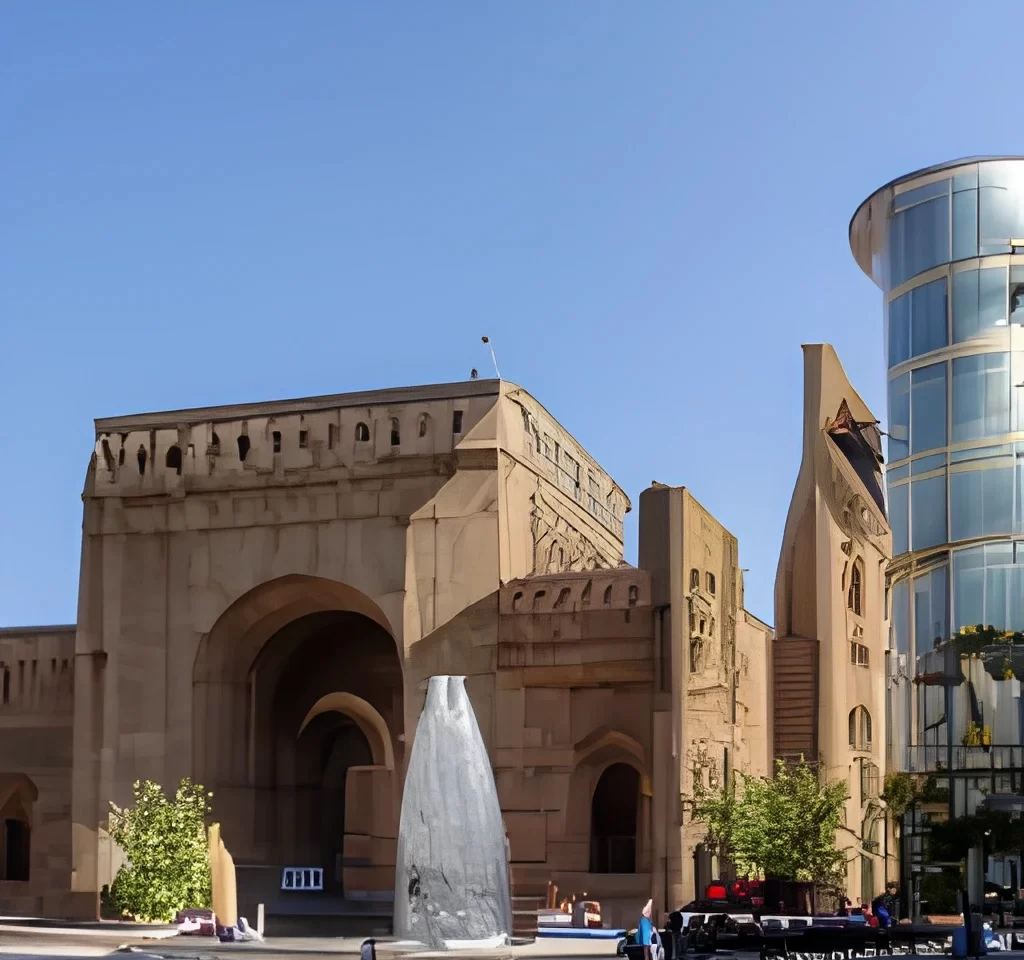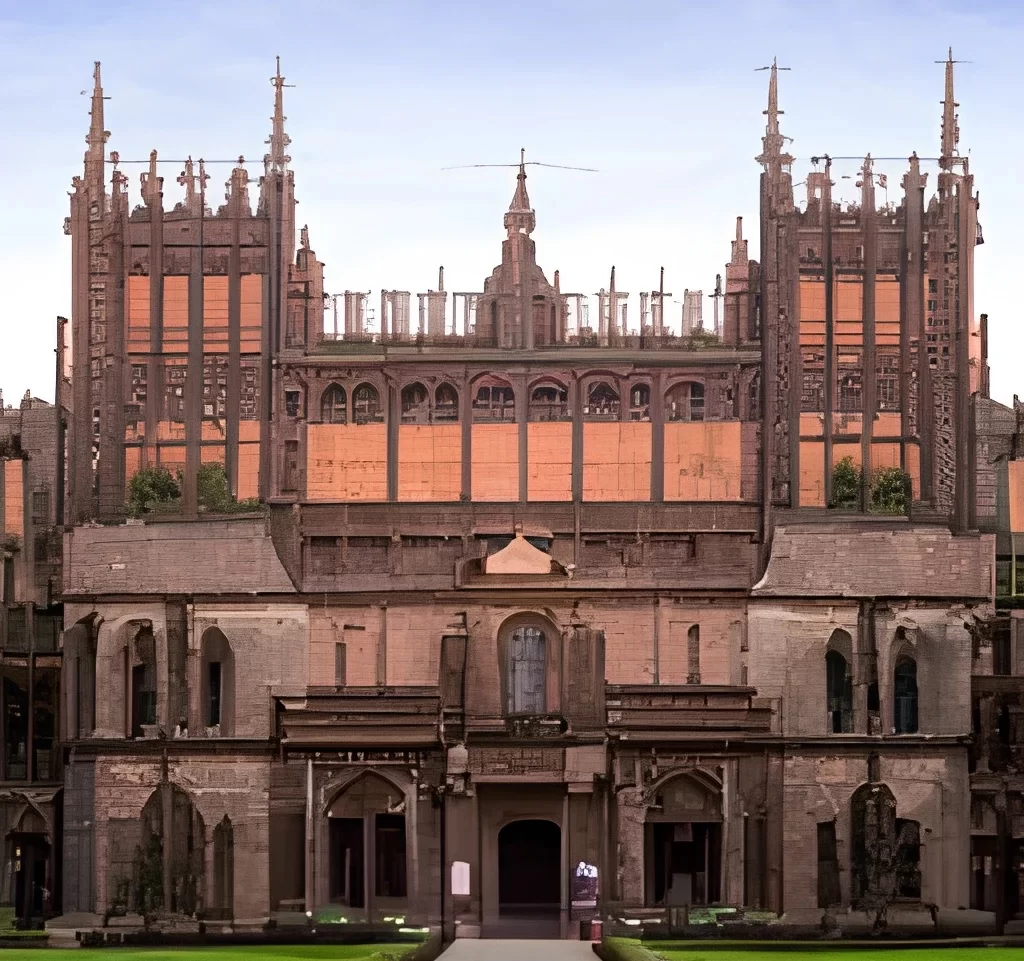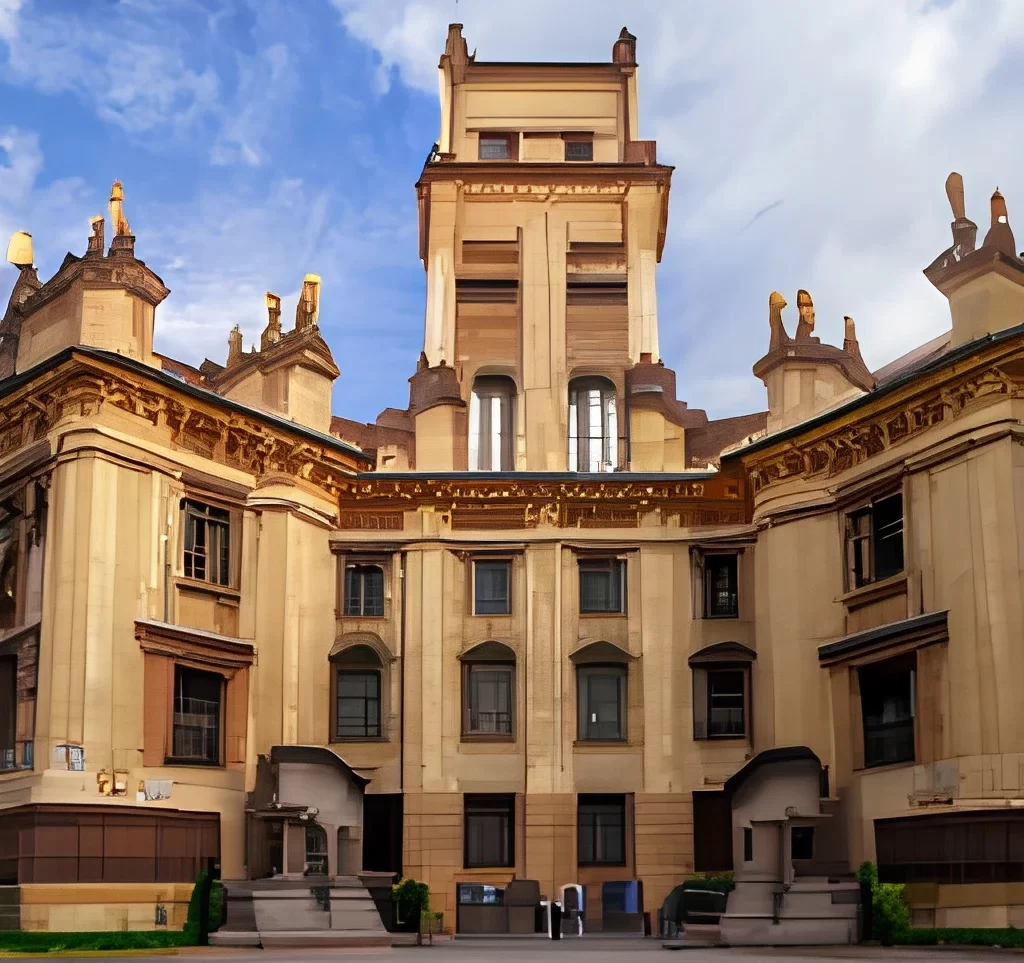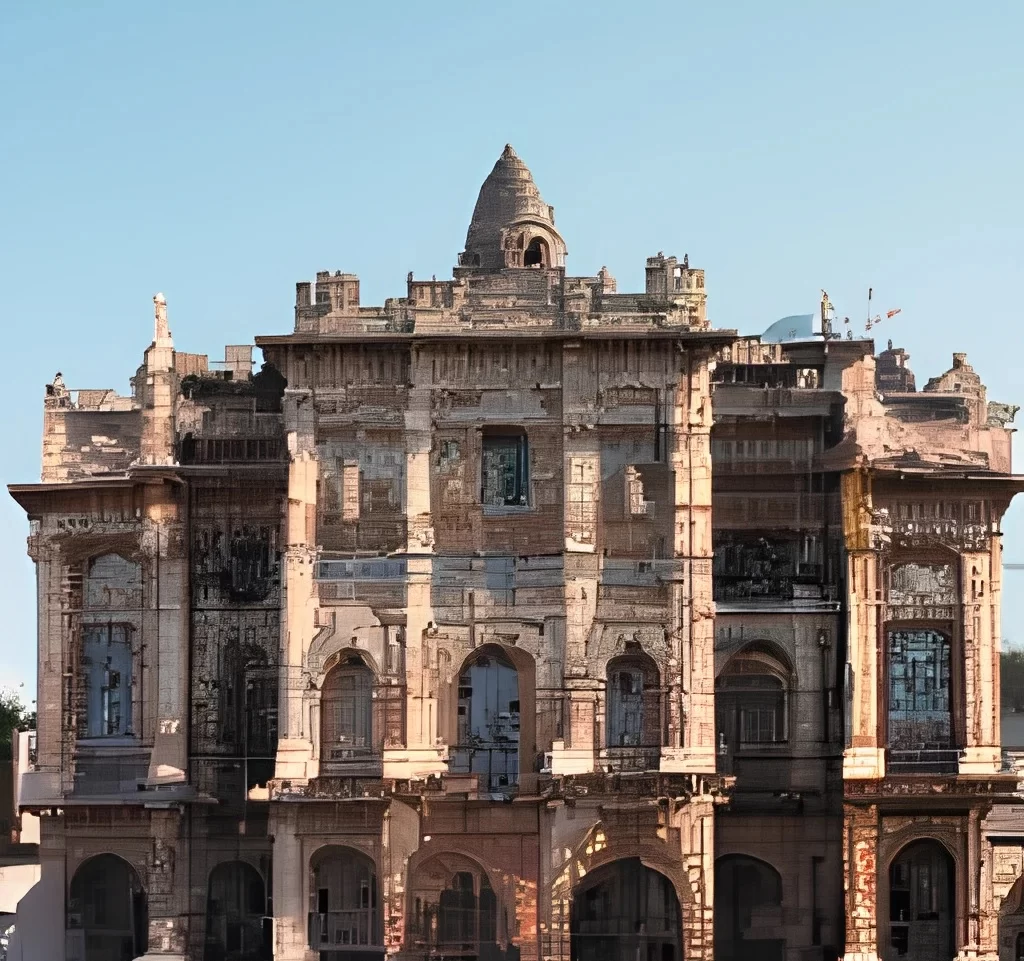Architectural heritage, such as historic buildings and monuments, represents an important cultural and historical legacy. However, these structures often require extensive conservation efforts to preserve them for future generations. The circular economy is an approach to sustainability that emphasizes the reuse and recycling of materials, and it has the potential to play a significant role in the conservation of architectural heritage. Here are some key considerations for understanding the intersection of circular economy and architectural conservation.

1. Materials Conservation
One of the key principles of the circular economy is to minimize waste by keeping materials in use for as long as possible. This principle is particularly relevant to the conservation of architectural heritage, as historic buildings often contain valuable materials that can be reused or repurposed.
For example, when a historic building undergoes renovation or restoration, materials such as wood, brick, and stone can be carefully removed and reused in the construction process. This not only reduces waste but also helps to preserve the original character of the building.
In addition, the use of reclaimed or recycled materials in the conservation of architectural heritage can also reduce the environmental impact of the restoration process. By avoiding the use of new materials, the conservation effort can reduce the carbon footprint associated with production and transportation.

2. Energy Efficiency
Another important principle of the circular economy is to maximize the efficiency of resource use. This is particularly relevant to the conservation of architectural heritage, as historic buildings often have poor energy efficiency due to their age and construction.
However, by improving the energy efficiency of these buildings, we can not only reduce their impact on the environment but also ensure their long-term sustainability. This can be achieved through a variety of measures, such as improving insulation, upgrading HVAC systems, and installing energy-efficient lighting.
Moreover, the use of renewable energy sources, such as solar or geothermal power, can also be integrated into the restoration process. By adopting these technologies, we can reduce the reliance on fossil fuels and further improve the sustainability of the conservation effort.

3. Adaptive Reuse
Another way that the circular economy can contribute to the conservation of architectural heritage is through adaptive reuse. This involves repurposing a historic building for a new function, rather than demolishing it and building something new.
By repurposing a historic building, we can reduce waste and minimize the impact on the environment, while also preserving the cultural and historical significance of the structure. This can be achieved through a variety of adaptive reuse strategies, such as converting an old factory into residential lofts or transforming a historic church into a community center.
Moreover, the use of adaptive reuse strategies can also help to revitalize urban areas and promote sustainable development. By repurposing historic buildings, we can create unique and vibrant spaces that are in tune with the needs and desires of modern communities.

4. Community Engagement
Finally, community engagement is a crucial component of the circular economy approach to architectural heritage conservation. By involving local communities in the conservation effort, we can ensure that the restoration process is sensitive to their needs and desires.
Community engagement can take many forms, from public forums and workshops to social media outreach and educational programs. By involving local residents in the conservation effort, we can build a sense of ownership and pride in the historic structures that define their neighborhoods.
Moreover, community engagement can also help to promote sustainable behavior and encourage the adoption of circular economy principles. By educating residents on the importance of waste reduction and resource conservation, we can build a more sustainable future for our communities and our planet.
In conclusion, the circular economy approach to architectural heritage conservation offers a range of benefits, from reducing waste and minimizing environmental impact to preserving cultural and historical significance. By adopting circular economy principles in the restoration process, we can ensure the long-term sustainability of our architectural heritage, while also promoting sustainable development and community engagement. Through collaboration and innovation, we can preserve the past for the future.














